- Prague, Czech Republic
- 14-17 October 2024
Innovation Forum @ Graphene Week 2024
The Innovation Forum focuses on innovation and commercialisation of applications containing 2D materials. It provides an opportunity to hear about successful implementations and challenges from both start-ups and larger corporations. The presentations during the Innovation Forum are short and sharp, which gives more time for interaction through discussions and questions. Interactive panel discussions with industrial representatives probe into future application. The Graphene Flagship’s work in both standardisation and roadmapping were presented. There are also always opportunities to network and discuss ideas and future collaborations with the presenters as well as fellow attendees.
Opening Session
The Graphene Flagship is working towards industrialisation of 2D materials on all levels. Kari Hjelt will give an overview of the latest market trends and provide examples of commercialisation success stories.
Roadmapping exercises demonstrate various paths that 2D materials can take to transition from the lab to use in industrial applications. The roadmap aggregates a common view and offers strategic guidance for both the Graphene Flagship and industry. Henning Döscher will present the latest updates.
Standardisation plays an important role in building trust for integration of 2D materials in commercial applications, promoting manufacturing reproducibility and making sure we use a well-defined terminology. Jörg Radnik will present the ongoing standardisation work within the Graphene Flagship.
REACH is a regulation of the European Union, adopted to improve the protection of human health and the environment. The registration of 2D materials within REACH is an important step towards successful commersialisation. In this session you will hear about the latest developments and future work towards dossiers for graphene. Round table: Thomas Reiss, Jörg Radnik and Stephen Hodge
Lunch
Suppliers Forum
For successful commercialisation of applications containing 2D materials, the whole value chain, from producers to end users, needs to be in place. In this session we will hear from a variety of suppliers of 2D materials. What are their challenges and success stories? The audience is encouraged to ask questions and take part in the discussions.
Integrating Graphene Innovations (GRAPHERGIA + ARMS)
Lunch
2D Pilot Line
The 2D Pilot Line (2D-PL) project aims to further strengthen the European ecosystem in the development of integration modules for photonics and electronics prototyping services. It will work to mature semiconductor technologies and provide information to aid industrial uptake. This session will highlight the work done to mature these technologies over the past four years and the work planned for the next phase of the project.
Industry Perspective
This session offers an opportunity to hear from industry representatives about challenges and opportunities in commercialisation of 2D materials. What are the material bottlenecks? What does success look like? What has been learnt through failure? The audience is encouraged to ask questions and take part in the discussions.
Standardisation Training Session
Lunch
Czech Innovation Landscape Around 2D Materials
Workshop organised by AMIRES
Commercialisation of applications containing 2D materials continues to face various challenges. This session will showcase several success-stories from the Czech landscape, featuring several companies and innovators representing the whole value chain, from producers to end users. Their successes, challenges and local support mechanisms will be discussed.
A Retrospective Analysis and the Future of 2D Materials in Desalination & Water Treatment
Co-hosted by the Research & Innovation Center for Graphene and 2D Materials and the Graphene Flagship, we present the 3rd International EU-UAE Workshop.
As the world grapples with water scarcity, innovative technologies are imperative. Graphene and related 2D materials present a promising avenue for revolutionizing desalination and water purification processes, particularly given their inherent resistance to fouling and microbial growth. However, the path to integrating 2D materials into the water desalination and water treatment industries is one that faces resistance to change and challenges. In this session, moderated by Fraunhofer ISI, we take a retrospective analysis of the Graphene Technology and Innovation Roadmap’s actualisation in this field, while looking at future opportunities and challenges through case studies, latest scientific applications, and a robust round table discussion.
International Water Workshop agenda
Innovation Forum Speakers

Sofia Öiseth
Chalmers Industriteknik

Kari Hjelt
Chalmers Industriteknik

Henning Döscher
Fraunhofer ISI

Jörg Radnik
Bundesanstalt für Materialforschung und –prüfung (BAM)
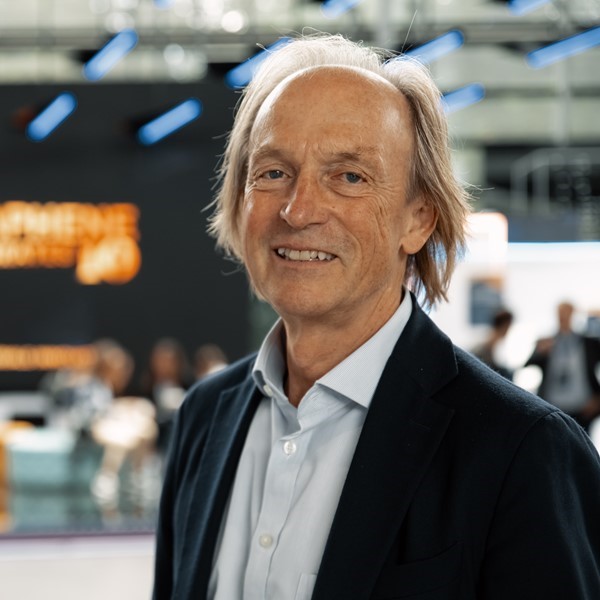
Thomas Reiss
Fraunhofer Institute for Systems and Innovation Research ISI
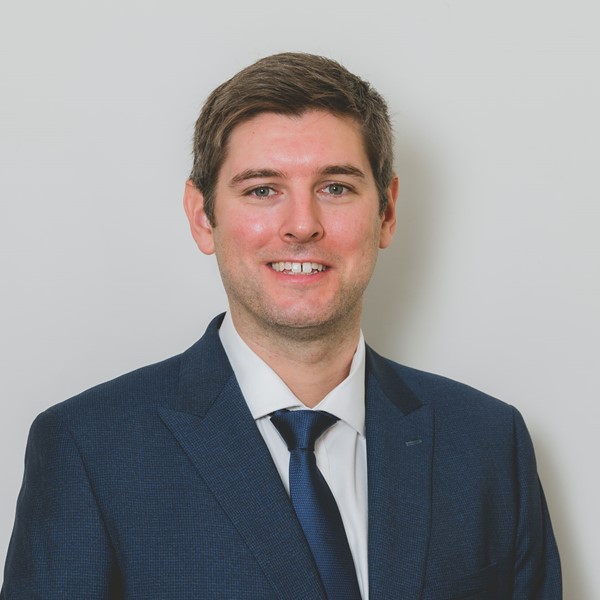
Stephen Hodge
Versarien
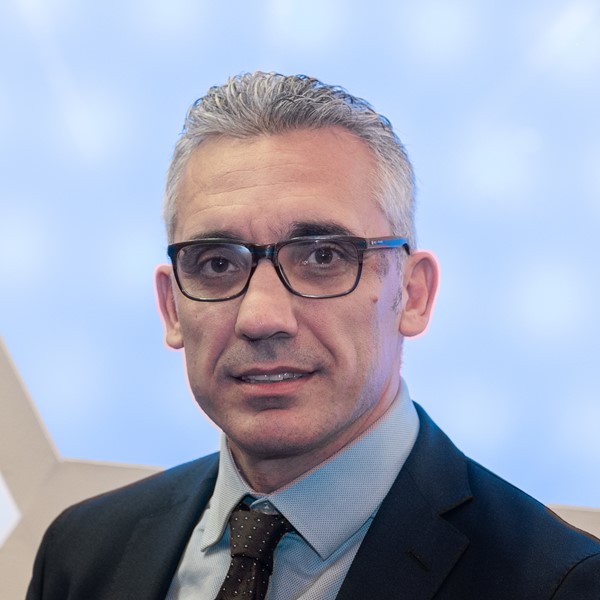
Francesco Bonaccorso
BeDimensional S.p.A
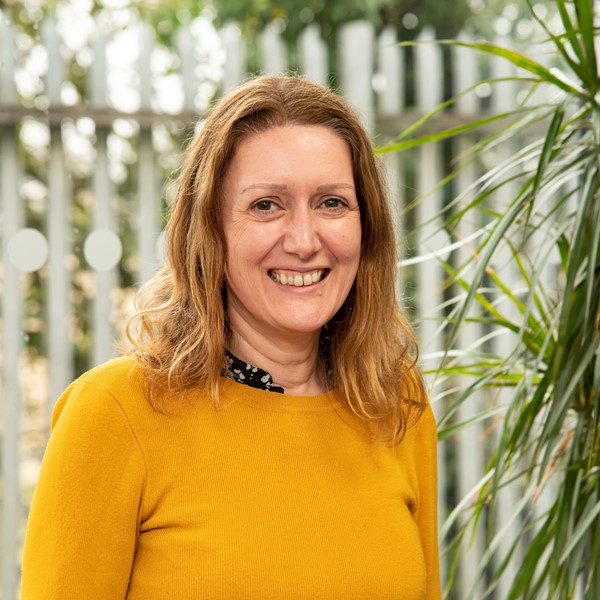
Natasha Conway
Paragraf
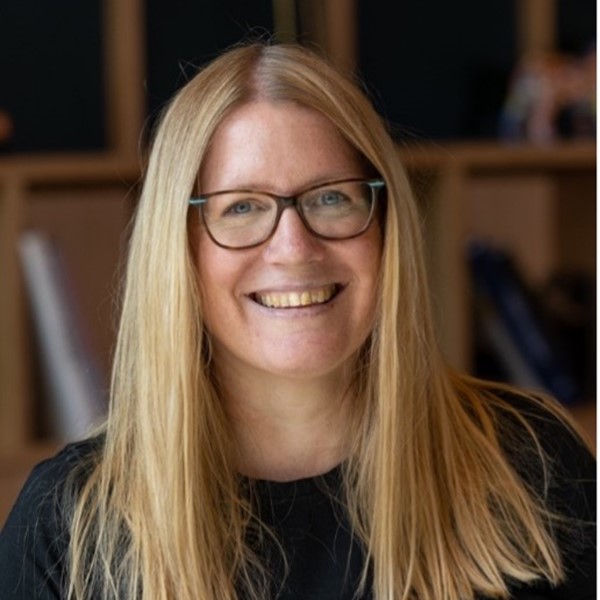
Anna Carlsson
Bright Day Graphene
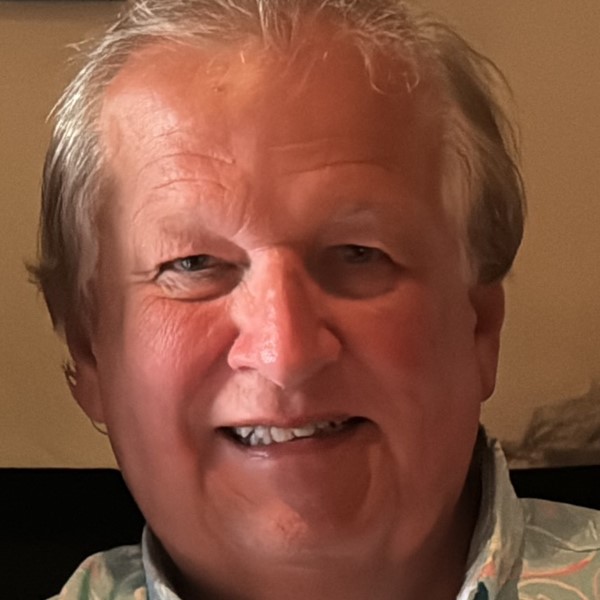
Paul O’Connor
Yerrawa
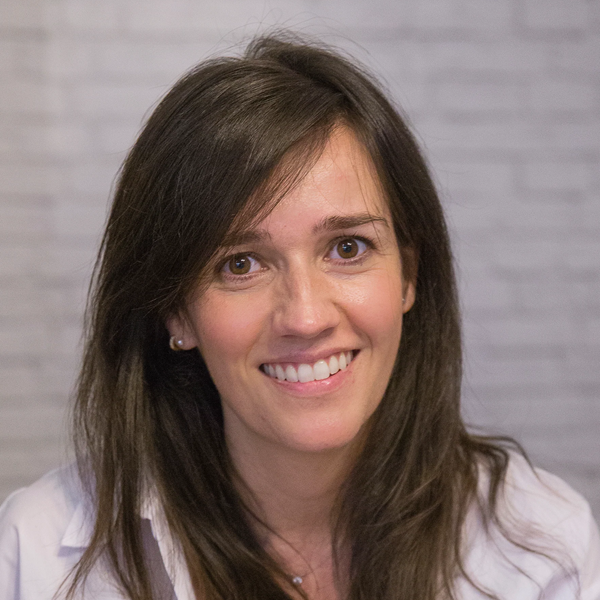
Alba Centeno
Graphenea, Spain
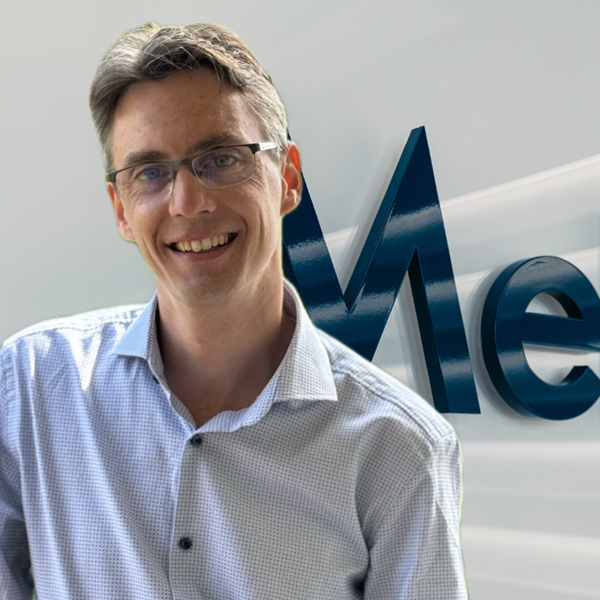
Axel Fanget
Melexis, Switzerland

Burcu Saner Okan
EURONOVA, Turkey
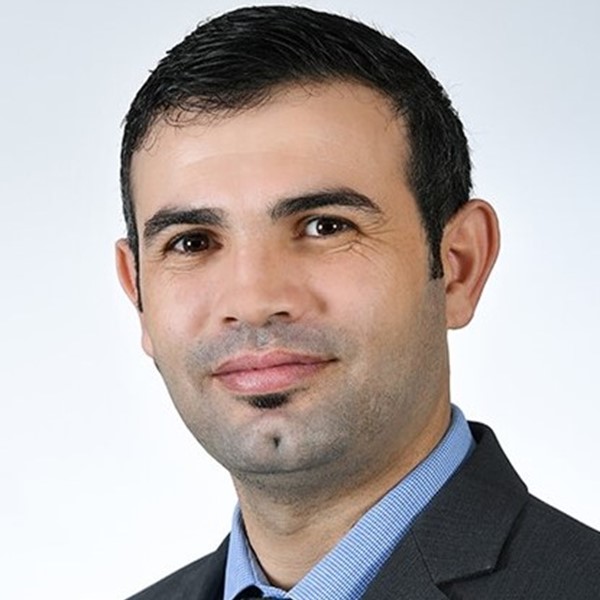
Emad Alhseinat
Khalifa University, UAE

Forat El-Sayed
Research & Innovation Center for Graphene and 2D Materials (RIC2D) Khalifa University

Hassan Arafat
RIC2D, Khalifa University, UAE

Isabelle Lemaitre
Veolia, France

Letizia Bocchi
Medica S.p.A.
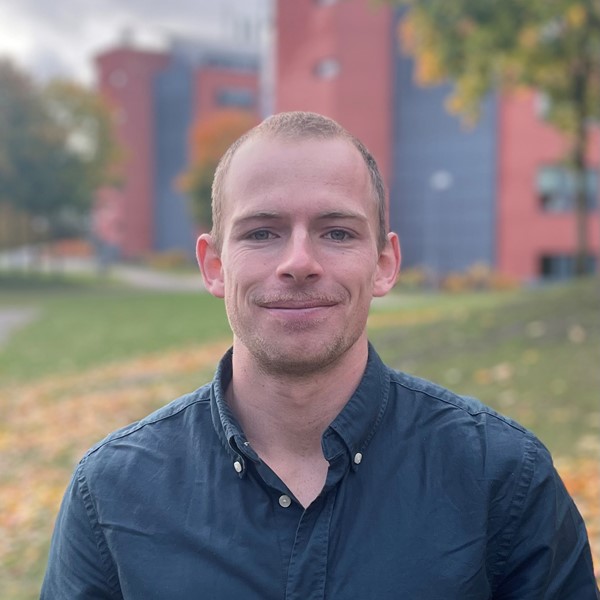
Malte Åberg
Graphmatech, Sweden
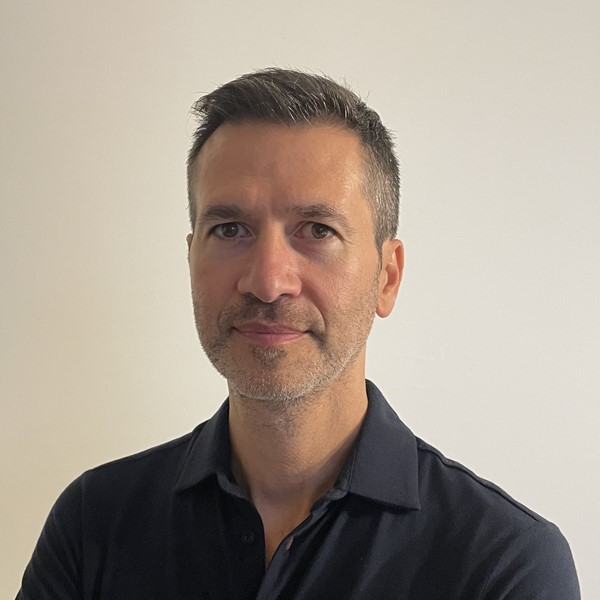
Marco Antonio Agosto
CompuGroup Medical, Italy
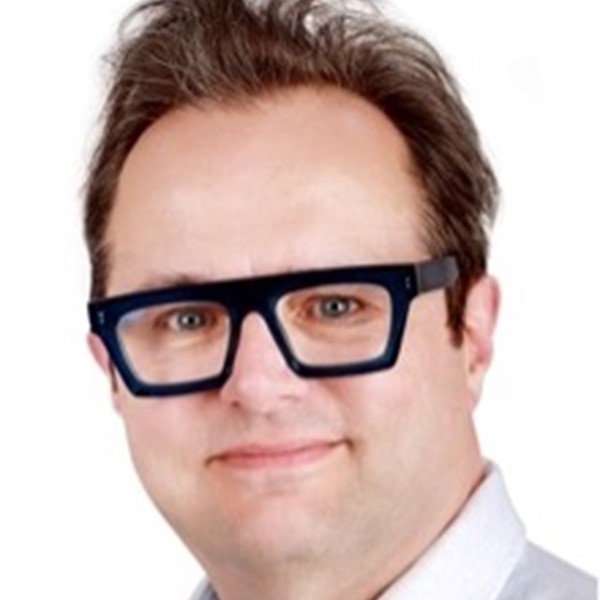
Paul Buijs
1st Water, UAE

Rafael Dias da Silva
Gerdau Graphene, Brazil

Viney Ghai
Chalmers University of Technology, Sweden
Title: Solution processing of 2D materials: status and prospect
Abstract: We will provide an overview on the upscaling our industrial, scalable, reliable, and inexpensive production of 2D materials, involving a balance between final product quality and ease of fabrication. We will show the efficiency of the manufacturing of high-quality 2D materials by wet-jet milling and the path towards industrial production.
Afterward, we will provide an overview on a few key applications of the as-produced 2D materials in energy related applications
Title: Delivering graphene-based electronic devices commercially at scale
Abstract: Arguably the biggest challenge for graphene electronics is how to make it at scale. Paragraf is the first company in the world to produce graphene-based electronic devices using standard semiconductor processes by depositing graphene directly onto target substrates. The result is wafer scale, low defect level, contamination free, monolayer graphene suitable for electronic applications. This talk will go through the work involved in developing Paragraf’s graphene-based devices and provide an overview of their state-of-the-art products for sensing applications.
Title: GrapheneBio-based Reduced Graphene Oxide
Bio: Bright Day Graphene AB is a Swedish start-up that has developed a production method for making reduced graphene oxide from lignin, a residual product from the paper and pulp industry. This gives a graphene material that is biobased and with features that is optimised for energy storage (conductive additive in batteries). Other applications such as additives in biobased adhesives, printed barriers, antifouling surfaces and more has successfully been tested. In this talk I will tell you more about our material and the road ahead towards scaling-up industrialization being a part of a so called Green Industrial Symbiosis.
Title:A novel agile route towards Graphene like Graphite Carbon Structures
Short Abstract: A novel route is presented to produce Graphene-like Graphite Carbon Structures which are suitable to be converted into high performance Graphene and/or Graphene-Oxide.
This route comprises the catalytic carbonisation of any organic species, such as hydrocarbons, biomass, and plastic wastes.
Because of the development of an innovative homogeneous catalyst system, Catalytic carbonization can be performed under mild conditions resulting in low energy consumption and good product yields superior to state-of-the-art pyrolysis type processing.
The Carbon produced is suitable for various applications such as for soil improvement, adsorbents, asphalt & cement building materials, 3D printing and possibly also as a precursor to produce Carbon fibers, Graphene and Electronic Materials
Thanks to the low temperatures and pressures the energy costs are lower and the yields higher than obtained via the alternative routes to produce Graphene and/or Graphene Oxide.
Title: On the Journey from Lab to Fab
Abstract: Graphenea has established itself as a global leader in the production and manufacturing of CVD graphene devices. This talk will highlight emerging opportunities in biosensing and photonic applications, as well as address some of the key challenges involved in the commercialization of graphene materials.
Title: Innovative Waste Management for Sustainable Graphene and Thermoplastic Solutions
Abstract: Global waste management faces significant challenges, with increasing plastic and thermoset waste contributing to environmental harm. This work addresses these challenges by transforming thermoset and thermoplastic wastes into high-value carbon nanomaterials of graphene and its derivatives, offering a sustainable alternative to conventional recycling. By utilizing the hydrocarbon content in plastic, rubber, and biomass waste, sustainable graphene is developed through innovative techniques that control carbon atom arrangements with the patented technology. Herein, Euronova, Sabancı Univeristy’s company, integrates graphene derived from waste sources into thermoplastic formulations to provide innovative and sustainable material solutions. By combining graphene with recycled polymers, natural fibers, recycled carbon fibers, and 2D additives, Euronova develops advanced compound formulations that replace traditional glass fiber-reinforced compounds and metal parts. These formulations offer enhanced mechanical properties, reduced weight, and improved environmental performance, making them ideal for automotive, aerospace, and industrial applications. The approach not only addresses waste management challenges but also promotes the circular economy by replacing non-recyclable materials with eco-friendly, high-performance composites. In addition, Life Cycle Assessment (LCA) is applied throughout, ensuring circular economy goals are met, greenhouse gas emissions are minimized, and green graphene finds widespread use in various industries.
Bio: Dr. Emad Alhseinat is an Associate Professor in the Chemical Engineering Department at Khalifa University. Since being appointed as Assistant Professor at KU in 2016, he has managed to attract internal and external research grants that total more than AED 6.7 Million as a principal investigator (PI). Dr. Alhseinat has established his lab in novel separation processes for water treatment and desalination at KU. Dr. Alhseinat has filed five patents with KU and published several scientific journal papers in high-impact Journals, i.e., Water Research, Desalination, Chemical Engineering, Separation and Purification Technology, Electrochimica Acta, and Journal of Physical Chemistry C.
Dr. Alhseinat is currently an active member of the Center for Membranes and Advanced Water Technology (CMAT) and the Center for Catalysis and Separations (CeCaS) at KU. His research efforts are focused on solving the problem of freshwater shortage in arid regions by improving the efficiency of water desalination and treatment processes and creating innovative and sustainable solutions.
Title: Graphene Oxide in Water treatment beyond desalination: the example of Graphisulfone®
Abstract: Graphene, especially in the form of graphene oxide (GO) or graphene-based membranes, has generated significant expectations in the field of desalination due to its exceptional properties that could be exploited to enhance permeability, selectivity, efficiency, stability and to reduce fouling. Beyond the applications in desalination, that are still at research phase, the use of GO in water treatment could benefit also of graphene oxide property to capture emerging contaminants. In the last 3 years during Graphil spearhead project (funded by UE in the framework of the Core3 of the Graphene Flaghsip), GO was introduced into hollow fiber polymeric membranes, to confer them adsorptive properties towards emerging contaminants. The new composite Graphisulfone® demonstrated superior removal capabilities for various contaminants, including heavy metals (Pb, Cu, Cr (III)) and polyfluoroalkyl substances (PFAS), outperforming traditional. Our experience highlighted the potential of graphene oxide to address emerging contaminants in water treatment, providing a versatile and robust solution for enhanced drinking water treatment. These membranes combine ultrafiltration and adsorption capabilities, offering a simplified and efficient solution for water purification. Importantly, the study confirmed that the release of GO from the membranes into treated water was negligible, ensuring safe use for drinking water applications.
Bio: Manager of the Medica Lab and Intellectual Property at Medica SpA, Coordinator of research projects including LIFE REMEMBRANCE (EU LIFE Program) and Graphil (SH1 Core3 Graphene Flagship, Horizon 2020).
PhD in Biochemistry, Molecular Biology, and Biotechnology after a degree in Medical Biotechnology.
Extensive knowledge of hollow fiber membranes, filters and devices for hemodialysis and water filtration, of their production processes and of membrane characterization and analysis. Verification and validation testing on filters and membranes. Experience in patent management.
Author of numerous scientific publications in international peer-reviewed journals.
Co-inventor in patents in the field of filtration and biotechnology.
Title: Unlocking the industrial potential of graphene
Abstract: Since its founding, Graphmatech has worked on making graphene more accessible and applicable to industry, by developing graphene composites that offer solutions to industrial problems. Graphmatech has managed to identify areas where graphene can outperform existing solutions, with a focus on sustainability and the green transition. Graphmatech’s products outperform existing solutions in terms of electrical conductivity, gas permeation barrier and mechanical properties. The developed technologies appeal to a wide range of users, ranging from products for large-scale production which accommodate industrial needs, to cutting edge technologies for additive manufacturing (AM) suitable for small-scale production and research. Examples of Graphmatech’s solutions include coated polymer and metal particles for powder-based AM techniques, composite polymer filaments for 3D printing, functional polymer composite masterbatches and metal coated powders for HIP.
Title: GRAPHENE: FROM GALILEI TO NEW BLUE ECONOMY
Abstract: Winning the challenge of sustainability is crucial for society and in particular realities with a large environmental, social and economic impact. It is essential to reduce waste and use materials with a lower environmental impact that require less energy.
Graphene will allow us to have products and applications for industrial and/or commercial use with organisational models aimed at the transition to the circular economy.
The characteristics of graphene fully represent the principles of Galilei and the New Blue Economy which are inspired by a master who has more than 4.5 billion years of experience: the fundamental laws of Nature.
Bio: Viney studies methods to orient 2D nanomaterials under the guidance of assoc. Prof. Roland Kádár. Magnetic fields are used to align 2D materials in the desired orientation direction. The developed method is further used to enhance polymer-based composites' thermal, electrical, and mechanical properties. Moreover, his work also focuses on studying the antibacterial properties of the aligned composite. Viney Ghai is working with Vinnova Competence Centre ‘2D material-based technology for industrial applications’ (2D-TECH) to develop the technology which will help in various industrial applications of Graphene and other related 2D nanomaterials.
